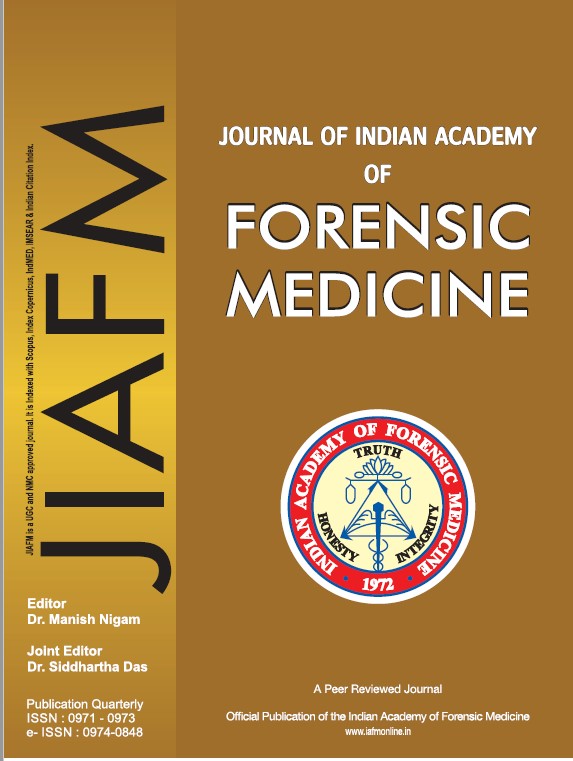Patterns of Frontal Sinus Aplasia in Adult Nigerians
Keywords:
Frontal, Sinus, Aplasia, AgenesisAbstract
Frontal sinus (FS) aplasia shows side, gender, population, and racial variations. Its identification is important in forensic investigations and endoscopic surgeries through the FS. This study aimed at determining the patterns of FS aplasia in adult Nigerians. Brain computed tomographic images of 336 patients aged ≥ 20 years were retrospectively evaluated at the radiology department of a tertiary hospital in Nigeria following ethical approval from the institution's ethical board. The frontal bone was assessed bilaterally for FS agenesis. Data were categorized based on gender and 10 years age groups and analyzed using statistical package for social sciences version 23. Chi-square was used to evaluate for gender and side differences in the prevalence of FS aplasia. Ap-value of <0.05 was considered statistically significant. The prevalence of FS aplasia was 44,13.1% with higher bilateral (31,9.2%) than unilateral (13,3.9%) occurrence. The prevalence of unilateral FS aplasia was 2.1% and 1.8% on the right and left sides respectively. There was a statistically significant side difference in the prevalence of FS aplasia (p=0.001). The gender and age differences in the prevalence of FS aplasia were not statistically significant (p=0.380, 0.746, 0.391). The patterns of FS aplasia varied from previously documented reports and may not be useful in sex determination and age estimation of unknown skulls in the studied population. Furthermore, preoperative radiological identification of FS aplasia is imperative to minimize complications during endoscopic surgeries through the FS.


